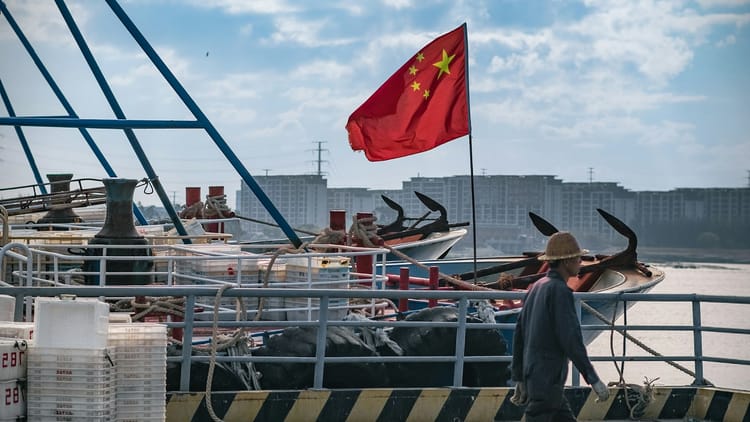Components of a conflict

In early August, the U.S. administration announced that South Korea’s SK Hynix, one of the world’s five major manufacturers of semiconductor chips, would build an enormous new factory in West Lafayette, Indiana. It’ll be an R&D center with a production line for cutting-edge AI chips. SK Hynix will invest US$3.87 billion in it. And the U.S. government will support the investment with up to $450 million in grants.
Now, all five of the biggest chipmakers—including one Taiwanese and two South Korean firms—have agreed to build plants in the United States. The government is providing substantial financial incentives to build in the U.S., as part of Washington’s developing view of semiconductors as a vital strategic asset. In this industry, the country wants to stay as far ahead of China as possible.
In October 2022, the U.S. made its first major move to slow Beijing’s progress: It banned exports to China of the most advanced chips, as well as the tools to design and produce them. Since then, Washington has focused on building a domestic chip industry, as the vast majority of semiconductors have long been manufactured on Taiwan—an island that’s been a locus of U.S.-China tensions for decades.
Meanwhile, China has responded to the chip ban by boosting its own chip production. Last year, Huawei, the leading Chinese semiconductor firm, unveiled a sophisticated chip in a new smartphone. Now, it’s promising to introduce a chip to rival the world’s best.
So where does this struggle over semiconductor chips stand?
Chris Miller is an assistant professor of international history at Tufts University’s Fletcher School of Law and Diplomacy, and the author of Chip War: The Fight for the World’s Most Critical Technology. Miller says the financial incentives are working. But foreign firms aren’t just taking the bait; they’re also beginning to see the United States as their main future market. With AI investment in the U.S. booming, more and more of their business is with U.S. customers. They’re watching their Chinese markets shrink, too, as Beijing supports domestic firms and encourages them to move away from non-Chinese suppliers. Thanks to the export ban, Miller says, the world of semiconductor chips appears to be dividing into two spheres—a Western and a Chinese—and for now, the U.S. and its allies are pulling ahead …
Michael Bluhm: On the face of it, it’s striking that Washington has gotten all five of the world’s largest chipmakers to build factories in the United States. What do you make of it?






